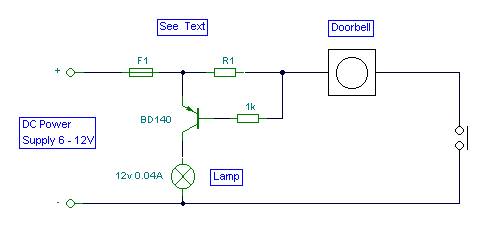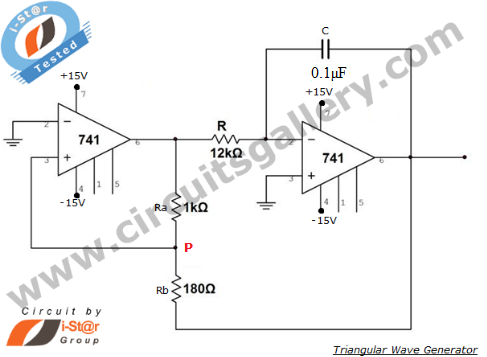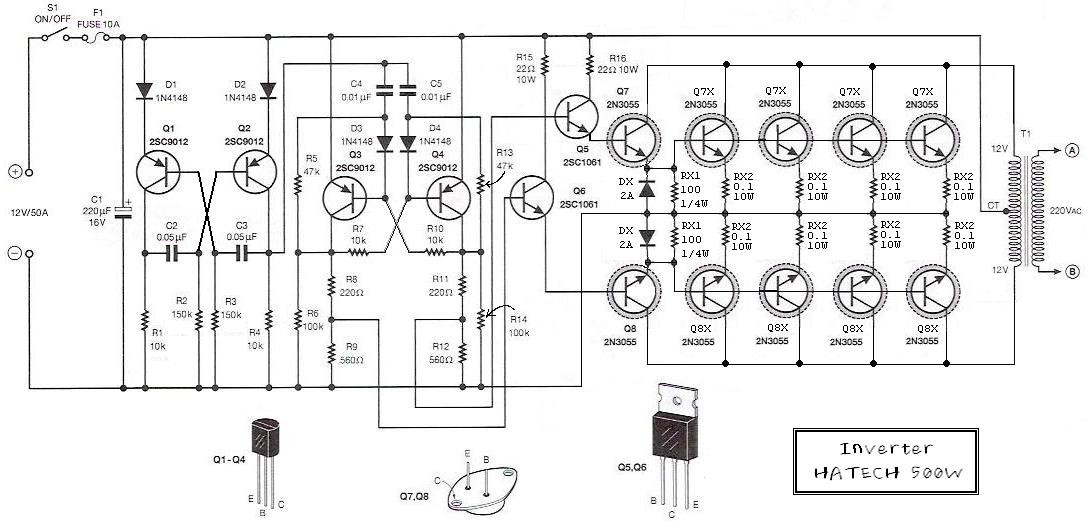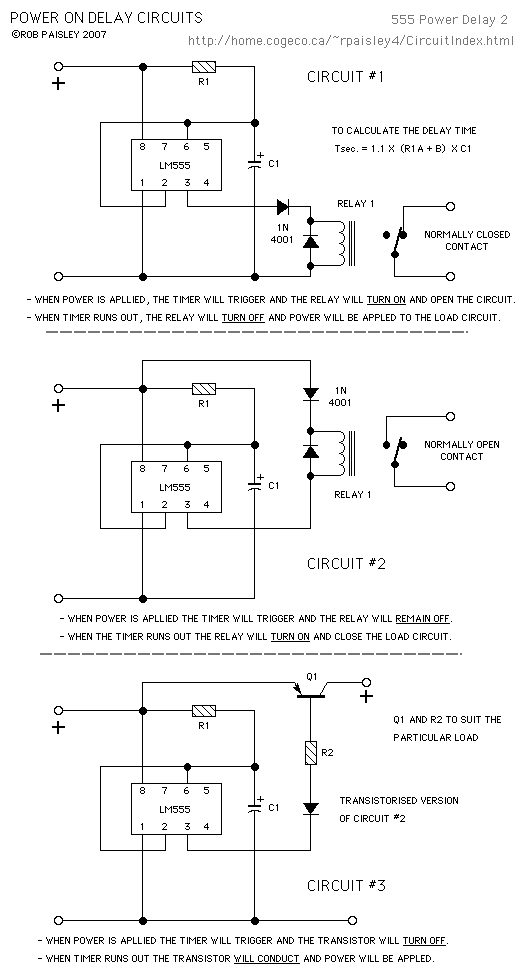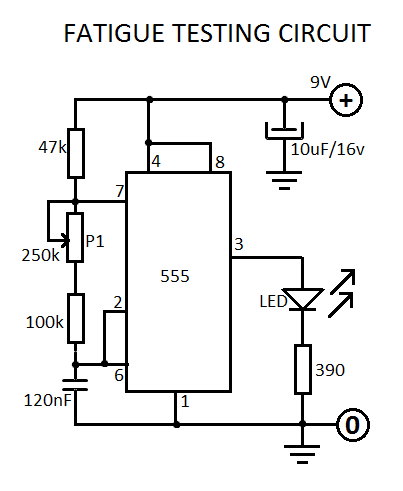
Liquid detector circuit diagram using logic gates
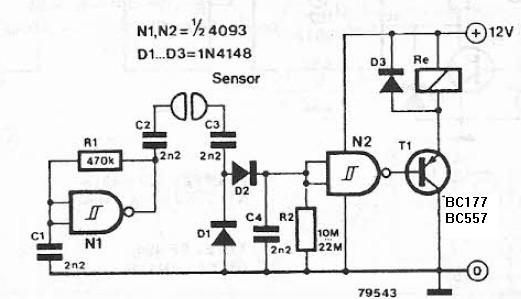
The liquid detector is a device designed to detect the presence of liquid using alternating voltage. This circuit can be constructed using common electronic components. The alternating voltage is generated by a gate with a Schmitt trigger function, acting as an oscillator. When an electrically conductive fluid is present between the two electrodes, diodes D1 and D2 cause capacitor C4 to charge. Once the voltage across the capacitor reaches a certain threshold, it triggers logic gate N2, which activates a relay connected to the circuit. If the electrodes lose contact with the conductive liquid, the relay deactivates the connected device.
The liquid detector circuit can be constructed using a few essential components, including a Schmitt trigger inverter, diodes, a capacitor, and a relay. The Schmitt trigger inverter is responsible for generating a square wave output that serves as the alternating voltage source. This output is crucial for detecting changes in the electrical conductivity of the liquid.
The circuit begins with a power supply connected to the Schmitt trigger, which generates an alternating voltage signal. This signal is fed through diodes D1 and D2, which are arranged in a configuration to allow current to flow only when the voltage is above a certain level, thus ensuring that the capacitor C4 charges only when the conductive fluid is present between the electrodes.
Capacitor C4 plays a vital role in the timing and operation of the circuit. As the capacitor charges, its voltage rises until it reaches the threshold voltage required to activate logic gate N2. At this point, the logic gate changes its output state, energizing the relay coil. The relay acts as a switch, allowing a connected device to be powered on or off based on the presence of the conductive liquid.
Once the conductive fluid is no longer detected, the voltage across capacitor C4 decreases, and when it falls below the threshold, logic gate N2 resets, deactivating the relay. This results in the connected device being turned off, effectively creating a liquid detection system that can be used in various applications, such as overflow prevention, leak detection, or liquid level monitoring.
In summary, this liquid detector circuit is a simple yet effective solution for monitoring the presence of conductive liquids. It utilizes a combination of common electronic components, including a Schmitt trigger, diodes, a capacitor, and a relay, to create a reliable detection mechanism that can be deployed in various electronic applications.The liquid detector is a detector with liquid alternating voltage and can be built using some common electronic components. Voltage alternative for this circuit is made using a gate with Schmit trigger function, which works as an alternative power oscillator.
If between both electrodes is electrically conductive fluid as a result of recovery actio n diodes D1 and D2, capacitor C4 is charged. When the capacitor voltage reaches the switching of logic gate N2 and connects relay device connected to it. When the electrodes make no longer contact, the relay switches off the device connected to it. 🔗 External reference
The liquid detector circuit can be constructed using a few essential components, including a Schmitt trigger inverter, diodes, a capacitor, and a relay. The Schmitt trigger inverter is responsible for generating a square wave output that serves as the alternating voltage source. This output is crucial for detecting changes in the electrical conductivity of the liquid.
The circuit begins with a power supply connected to the Schmitt trigger, which generates an alternating voltage signal. This signal is fed through diodes D1 and D2, which are arranged in a configuration to allow current to flow only when the voltage is above a certain level, thus ensuring that the capacitor C4 charges only when the conductive fluid is present between the electrodes.
Capacitor C4 plays a vital role in the timing and operation of the circuit. As the capacitor charges, its voltage rises until it reaches the threshold voltage required to activate logic gate N2. At this point, the logic gate changes its output state, energizing the relay coil. The relay acts as a switch, allowing a connected device to be powered on or off based on the presence of the conductive liquid.
Once the conductive fluid is no longer detected, the voltage across capacitor C4 decreases, and when it falls below the threshold, logic gate N2 resets, deactivating the relay. This results in the connected device being turned off, effectively creating a liquid detection system that can be used in various applications, such as overflow prevention, leak detection, or liquid level monitoring.
In summary, this liquid detector circuit is a simple yet effective solution for monitoring the presence of conductive liquids. It utilizes a combination of common electronic components, including a Schmitt trigger, diodes, a capacitor, and a relay, to create a reliable detection mechanism that can be deployed in various electronic applications.The liquid detector is a detector with liquid alternating voltage and can be built using some common electronic components. Voltage alternative for this circuit is made using a gate with Schmit trigger function, which works as an alternative power oscillator.
If between both electrodes is electrically conductive fluid as a result of recovery actio n diodes D1 and D2, capacitor C4 is charged. When the capacitor voltage reaches the switching of logic gate N2 and connects relay device connected to it. When the electrodes make no longer contact, the relay switches off the device connected to it. 🔗 External reference
Warning: include(partials/cookie-banner.php): Failed to open stream: Permission denied in /var/www/html/nextgr/view-circuit.php on line 713
Warning: include(): Failed opening 'partials/cookie-banner.php' for inclusion (include_path='.:/usr/share/php') in /var/www/html/nextgr/view-circuit.php on line 713
